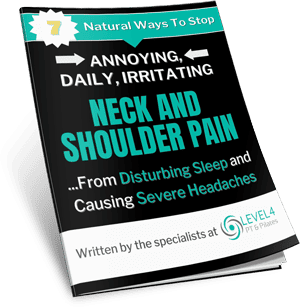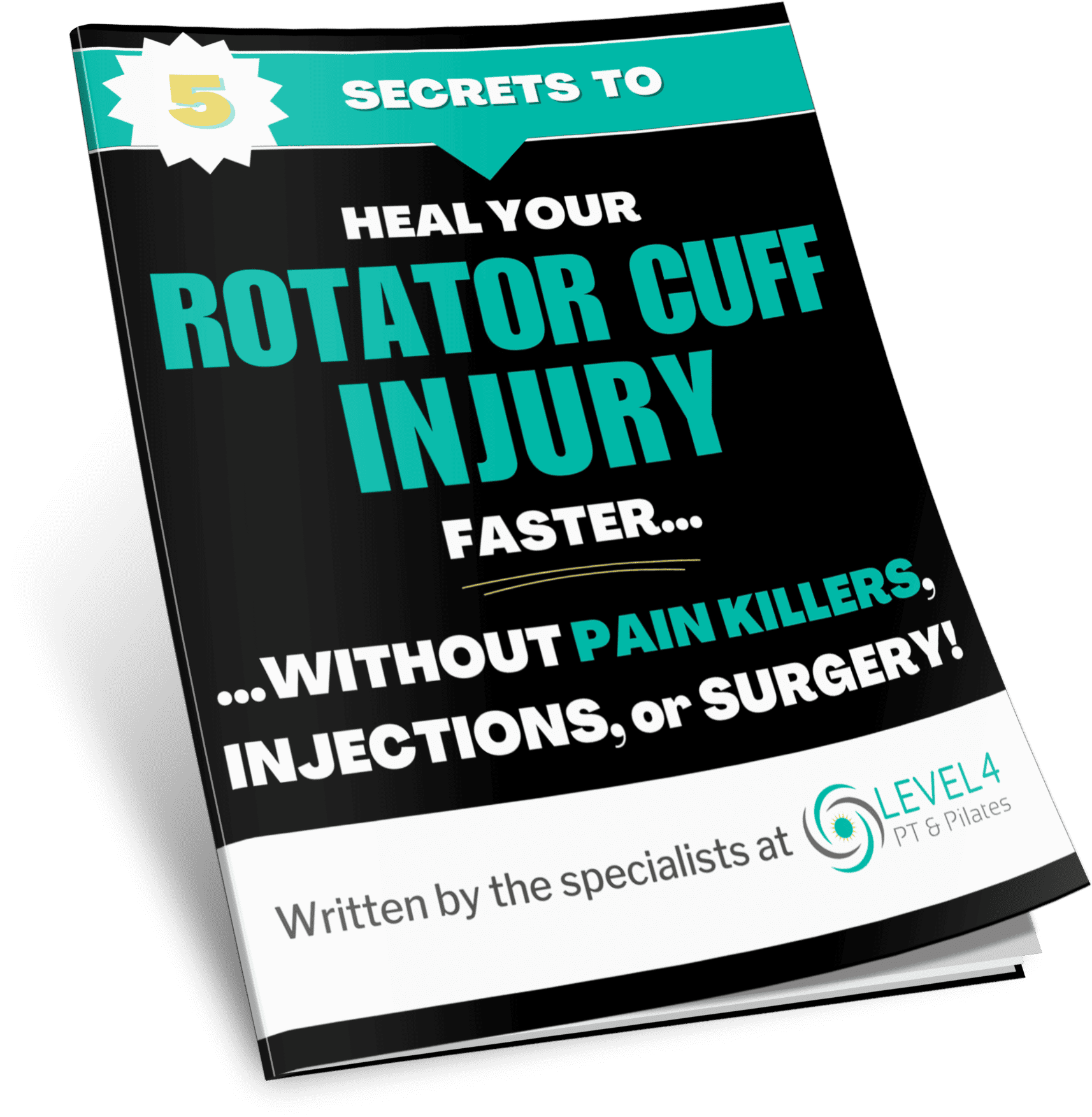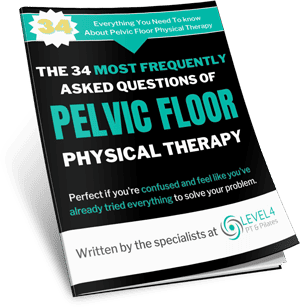
With roughly 26 million golfers in the United States and about 6.5 million of those being over the age of 65 years, back pain is becoming more prevalent in the game of golf. As we age, natural spinal mobility decreases, which makes us more susceptible to injuries of the spine. It is estimated that nearly 35% of all golf injuries occurring happen in the low back, making it the number one location for golf injuries. In addition, the direct annual costs for low back pain are around $91 billion each year. Read ahead as we discuss 3 secrets to keeping the pain away from your golf game.
1. Dynamic Stretches
Warming up properly is so important, especially as you age. We say it often, but so few actually do it. With a growing number of baby boomers wanting to continue playing golf into their elder years, it’s important to implement a preparatory routine before starting your round.
I know what you might be thinking… If I have a 6:30 am tee time, how early do I need to arrive at the course to get this stuff done? The routine doesn’t have to belong and we recommend less than 15 minutes. We also recommend doing a routine that is dynamic in nature. One that takes you through large movement patterns, starting off slowly and progressing up in speed. The reality is you will probably spend more time putting your shoes on, getting your bag situated on your cart and hanging out in the clubhouse than you will actually do a good warm-up. Check out the video below on what a good dynamic warm-up entails.
Click On This Link To Receive More Information About Easing Your Back Pain.
2. Swing the Club… And Swing Often
Have you ever thought about how many swings you take during one golf round? If you are good, you only need between 70-80 swings and one-third of those are probably putts (not a big swing). That is still a lot of swings and does not account for your warm-ups or prep swings. If you aren’t as good, you might need 90-100 swings (is that you?) in your round.
First, swing the club after you have warmed up your body. Doing this when you are “cold” only increases your risk of being hurt… So, go back to #1 and review! Be sure that after you have warmed up, that you start swinging slowly and build up your intensity and speed. If you play every week, you should be hitting balls at the range at least one time a week. If you play less frequently, you should go hit the range 1-2 weeks prior to your expected round.
3. Get Your Hips Mobile and Strong
This one is often overlooked and found to be a big cause for some back injuries in golf. If your hips are tight, then this adds unnecessary stress to your back because golf requires a lot of rotation. Hips are also made to rotate along with your spine, so tightness will only add more strain.
Hip strength can also play an important role in your golf game. On your downswing, the hips initiate the movement and weakness in your hips starts a slow golf swing... Not really what anyone wants to do. But it isn’t just about speed, but also about control. If you open your hips too early, the clubface opens up and the impact on the ball causes a slice... that’s no good for anyone’s game. The same can be said about the follow-through. The hips need to be strong enough to engage during the follow-through, which protects your lower back.
Summary
In summary, golf is a great game that requires self-preparation. Going into it without preparation significantly increases your risk of being injured… Especially in your lower back!! To keep your back healthy, implement a dynamic warm-up that is 10-15 minutes in length before you start playing. Get out there and hit the ball, but only after you are warmed up to do so. And lastly, increasing your hip mobility and strength will add stability to your spine by allowing the areas to work in harmony. This will make you a better player and ultimately allow you to have more fun with the game.
See you at the 19th hole!
Dedicated to your health,
Dr. Oscar, DPT, STC, MTC, CSCS, SFMA
- Can Physical Therapy Help My Muscles After Having Covid? - January 26, 2022
- The Real Story Behind What’s Causing Your Sciatica - August 30, 2021
- Should I Have Surgery to Repair a Tear in My Rotator Cuff? - February 9, 2021


















